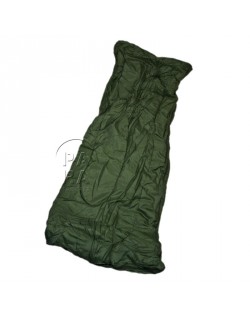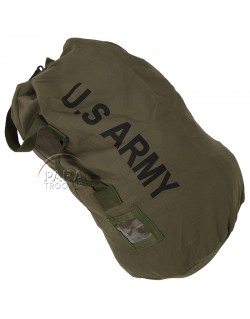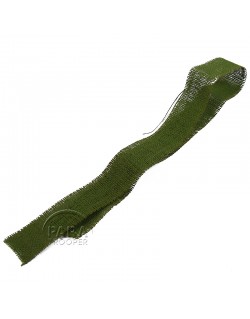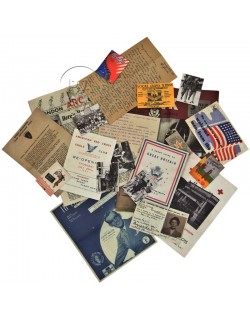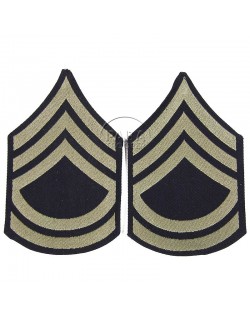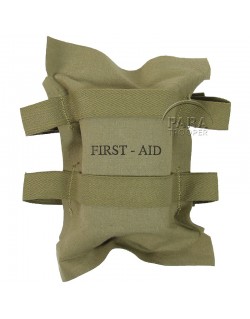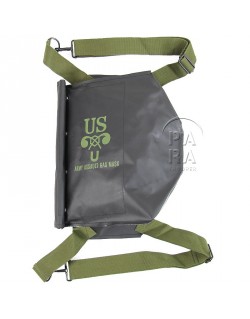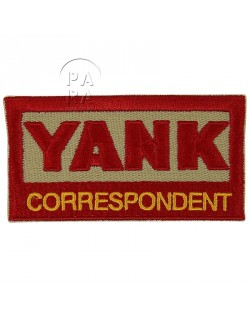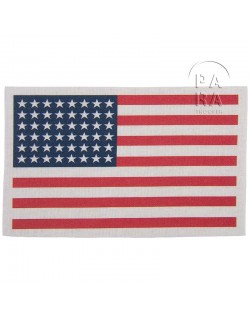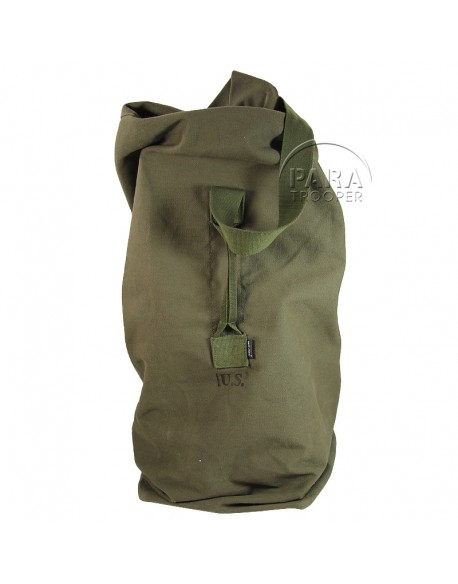


(2 reviews)
Bag, Duffel
€39.00
Tax included
US duffel bag, perfect to carry all your military equipment. 100% Cotton, size 105 x 60 cm.
This is a larger and sturdier bag in green canvas, adopted in 1943. It had a shoulder strap and the neck closure could be padlocked.
Allround seabag with enough storage capacity
- carrying handle
- carrying strap
Product Details
13848001








